NPK & pH of organic matters
Khalid Waleed (zone 9b Isb)
8 years ago
Featured Answer
Comments (151)
strawchicago z5
8 years agolast modified: 8 years agojessjennings0 zone 10b
8 years agolast modified: 8 years agoRelated Discussions
'complete' organic fertilizer (cof) recipe by the npk numbers
Comments (6)Alfalfa meal pellets are extremely hard, like little rocks. You would probably destroy a blender pulverizing them. If you wet them, they will break apart pretty easy. It would be easiest to call ALL the feed and seed stores in your area. Chances are one of them can order the meal for you. I've got a bag right now manufactured by Consolidated Blenders of Guntersville, AL. Store it carefully. I keep mine in a metal garbage can with a tightly fitting lid. Rodents, insects, cows and horses love it. If it gets damp, it will start to spoil. Rodents will eat right through a plastic garbage can to get at it....See MoreUnderstanding organic vs inorganic NPK values etc
Comments (2)soil bacteria (the Soil Food Web) does that and then feeds your plants what they need when they need those nutrients. No, they do not. The soil food web consumes organic matter for it's own needs with no respect to what plants want/need. Do I need to add a readily available source of potassium also? I mean, is the soil report taking into consideration the amount that is not readily available in the sample? If not then who's to say the greensand I've put in over the last couple years isn't in the process of breaking down and will be enough for the plants to use... More than likely they tested for the available portion and not the total amount, but you would have to ask the lab to be certain. The idea is that the available amount trends proportionally with the total amount so if the available amount is not adequate, the total amount probably isn't either. In other words if there needs to be 5 units of K available and it takes 20 units total to have 1 unit be available at a given time then 100 units total are needed. If the test shows 2.5 units available then the assumption is there is only 50 units total so the recommendation is to add more. Again though, ask the lab what they tested. They should be able to answer any questions you have regarding the results of their test....See MoreSoil pH vs Water pH
Comments (16)The closest large seller of farm fertilizer is about 50 mi south of here, but I can arrange a stop there on my way to getting pastured meat in the Fall. There used to be one not 15 miles from here but no more. As some of you know, my pH=9.2 water coupled with pH=7.7 soil can be a handful. Only grapes need it in the orchard, and I give it to tomatoes and potatoes in the garden, and of course I add more organic matter than most (21% OM in the garden). Anyhow, IIRC in late 2011 one 50lb bag of sulfur was $20. I had to sign a declaration that it and the rest of the stuff was intended for food production not to pay the sales tax. If you have relatively large holdings, it pays to go to such a place. A single 50 lbs urea bag allows many years of fertilization between trips. The 2011 trip was concomitant to starting the orchard in horrible, lifeless, compacted P=7ppm soil, so I got 25lbs of superP, 100 lbs of sulfur, microminerals solution to be added in the sprayer, and 50lbs of urea which will take me to 2020 or so. I have now added over 30 tons of wood chips to the orchard, and the soil is less horrible, but to start it you have to do a first amending....See MoreSoil pH. I'm organic, do I care?
Comments (7)I'll need to check but I think I recall in Jeff Lowenfelds book "Teaming With Microbes" he mentions that fungally dominant soils will have a lower pH and bacterial dominant will have a higher pH. That being the case you may try swinging your pH by applying more bacterial friendly soil amendments. I know that most grains are fungi friendly so maybe try some light applications of mollases or sugar to see if it swings the pH. I've always been a little curious about whether changing the amendments could swing the pH but with slightly alkaline soil and an acid loving turf I've always concentrated on developing fungi. As you may or may not know it's much hard to develop fungi in soil than it is bacteria. Bacteria can be grown almost by accident! I wonder if by exploding your bacteria populations if that will sway the acidity of your soil? Sounds like an experiment in the making!!...See Morestrawchicago z5
8 years agojessjennings0 zone 10b
8 years agoKhalid Waleed (zone 9b Isb)
8 years agolast modified: 8 years agoKhalid Waleed (zone 9b Isb)
8 years agolast modified: 8 years agojessjennings0 zone 10b
8 years agojessjennings0 zone 10b
8 years agoKhalid Waleed (zone 9b Isb)
8 years agostrawchicago z5
8 years agolast modified: 8 years agoKhalid Waleed (zone 9b Isb) thanked strawchicago z5Khalid Waleed (zone 9b Isb)
8 years agojessjennings0 zone 10b
8 years agolast modified: 8 years agoKhalid Waleed (zone 9b Isb)
7 years agoKhalid Waleed (zone 9b Isb)
7 years agostrawchicago z5
7 years agolast modified: 7 years agoKhalid Waleed (zone 9b Isb)
7 years agoKhalid Waleed (zone 9b Isb)
7 years agoKhalid Waleed (zone 9b Isb)
7 years agoKhalid Waleed (zone 9b Isb)
7 years agojessjennings0 zone 10b
7 years agoUser
7 years agolast modified: 7 years agoKhalid Waleed (zone 9b Isb)
7 years agoKelly Tregaskis Collova
7 years agoKhalid Waleed (zone 9b Isb)
7 years agostrawchicago z5
7 years agoKhalid Waleed (zone 9b Isb)
7 years agoKhalid Waleed (zone 9b Isb)
7 years agojessjennings0 zone 10b
7 years agoKhalid Waleed (zone 9b)
7 years agostrawchicago z5
7 years agoKhalid Waleed (zone 9b)
7 years agoKhalid Waleed (zone 9b Isb)
7 years agostrawchicago z5
7 years agolast modified: 7 years agoKhalid Waleed (zone 9b Isb) thanked strawchicago z5strawchicago z5
7 years agolast modified: 7 years agoKhalid Waleed (zone 9b Isb) thanked strawchicago z5Khalid Waleed (zone 9b Isb)
7 years agoKhalid Waleed (zone 9b Isb)
7 years agostrawchicago z5
7 years agolast modified: 7 years agoSanjay Bansal
3 years agostrawchicago z5
3 years ago
Related Stories

GARDENING GUIDESHow to Switch to an Organic Landscape Plan
Ditch the chemicals for a naturally beautiful lawn and garden, using living fertilizers and other nontoxic treatments
Full Story
FALL GARDENING5 Ways to Put Fall Leaves to Work in Your Garden
Improve your soil and yard the organic way with a valuable garden booster that grows on trees
Full Story
BATHROOM DESIGNGo Au Naturel in the Bath With Beautiful Stone
Add rocks and pebbles to your bathroom design for organic texture and practicality too
Full Story
GARDENING GUIDESGrow a Beautiful Garden in Alkaline Soil
Got alkaline soil? Learn how to manage it and the many beautiful plants that will thrive in this ‘sweet’ soil
Full Story
GARDENING GUIDESHave Acidic Soil in Your Yard? Learn to Love Gardening Anyway
Look to acid-loving plants, like conifers and rhododendrons, to help your low-pH garden thrive
Full Story
GARDENING GUIDESThe Poop Scoop: Enrich Your Soil With Good Old Manure
Get over the ick factor already — this natural super-ingredient for soil has so many benefits, you'll wonder why you ever went chemical
Full Story
FRONT YARD IDEASBefore and After: Front Lawn to Prairie Garden
How they did it: Homeowners create a plan, stick to it and keep the neighbors (and wildlife) in mind
Full Story
LIFERetirement Reinvention: Boomers Plot Their Next Big Move
Choosing a place to settle in for the golden years? You're not alone. Where boomers are going and what it might look like
Full Story
GREEN BUILDINGHouzz Tour: Passive House Principles, Active Benefits in Portland
Lower energy bills and consistent temperatures are just two of the advantages of this architect’s newly built home
Full Story
GRASSESHow to Rock a Lawn
Weekend Project: The key to healthy grass begins with the soil. If turf works for you, here’s how to fix it and keep it looking its best
Full StorySponsored
Leading Interior Designers in Columbus, Ohio & Ponte Vedra, Florida






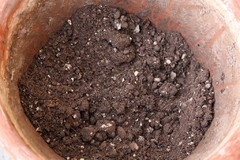
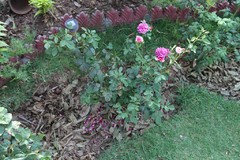

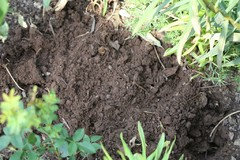


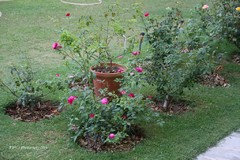
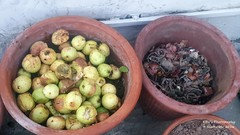


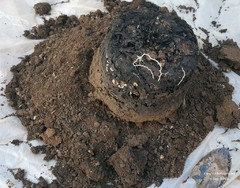

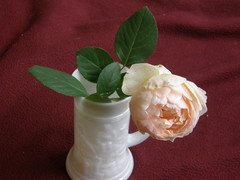


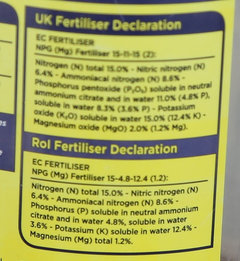

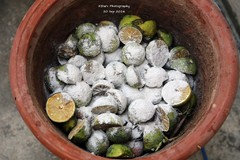


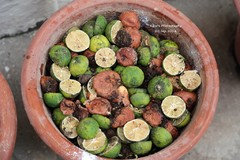
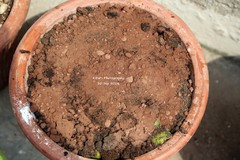






strawchicago z5